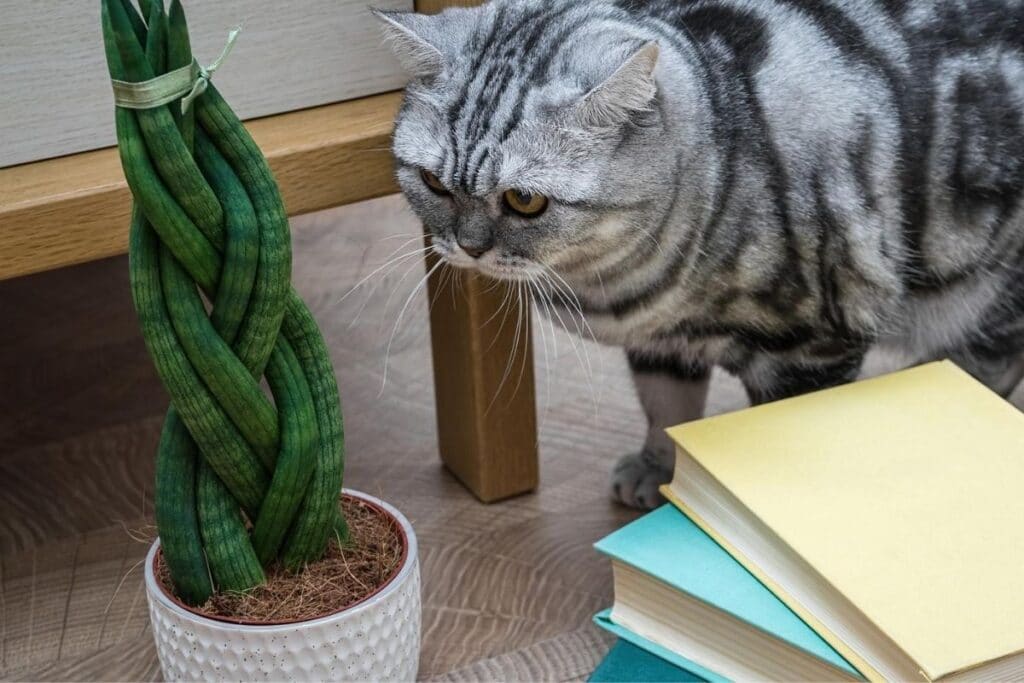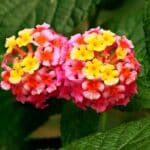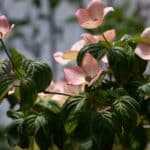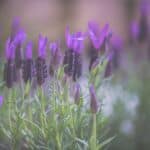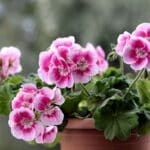This plant is also known as the African spear plant because it’s native to Angola; it is trendy all over the world, mainly due to its resistance. As its name suggests, this plant has cylindrical spears that grow together, and it sometimes forms an attractive looking shape!
The Sansevieria cylindrica plant is perfect for busy individuals who tend to forget their plants’ care needs! In fact, you could even leave the plant as it is for a couple of days, and nothing will ever happen to it.
Are you ready to start growing and maintaining a Sansevieria cylindrica plant? This article is for you, so continue reading, and you will discover everything you need to know to grow sansevieria cylindrica successfully:
Basic Facts
If you have never seen a braided Sansevieria cylindrica plant, then now it’s your lucky time! They are unique, simple, yet so beautiful plants!
This plant goes by many names including Dracaena angolensis, African spear, spear sansevieria, cylindrical snake plant, or in Brazil Saint Bárbara sword.
This plant is classified as a succulent, and you won’t really have to do much work if you want to see it thrive, as the Sansevieria cylindrica has adapted itself to several types of climates that can be very difficult to live in, such as dried or arid regions in the world.
However, they do take their time to grow, so you will need to be patient if you would like to see your Sansevieria cylindrica plants thriving.
Sansevieria cylindrica belongs to the Asparagaceae family of plants, and it is considered an evergreen perennial succulent plant.
Sansevieria Cylindrica Plant Care Guide
Similar to our general snake plant care guide, here are some Sansevieria Cylindrica care basics you need to master:
Water Needs
What’s so amazing about Sansevieria plants is that they could survive a long and undisturbed period of drought without any problems. This is why you should only water it once a week or even once every two weeks if it’s summertime.
On the other hand, if it’s wintertime, you should only water it once a month; otherwise, your plant may suffer from being “overwatered” (even if we think it’s not overwatered, they are because they don’t need much water).
Make sure the pot and the soil are thoroughly dried before watering the plant again. But, when you water them, you need to water the soil thoroughly!
Many individuals think that because cylindrical snake plants are succulents, they don’t need much water when you are watering them. This is not the case; in fact, quite the opposite occurs: they need to be almost entirely soaked, and then this water needs to be drained effectively; otherwise, your plant may have root rot problems due to soggy, wet soil.
Soil and Fertilizer Needs
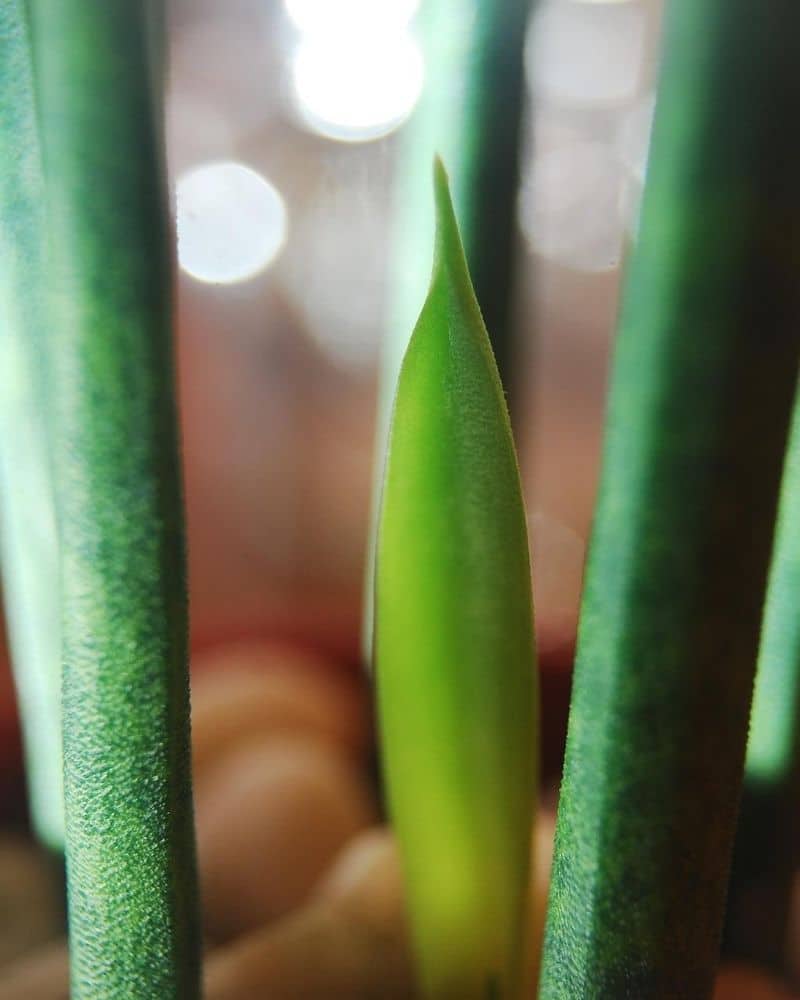
Sansevieria cylindrica, known for its hardy nature, thrives in well draining soil that mimics its native arid environments. A cactus or succulent potting mix amended with perlite or sand provides the ideal growing medium, ensuring proper drainage and preventing soggy soil, which can lead to root rot.
Fertilize sparingly, using a balanced succulent fertilizer diluted to half strength during the summer growing season every 4-6 weeks. Avoid fertilizing during the dormant period (fall and winter). Over-fertilization can cause fertilizer burn and harm the plant. With suitable soil and cautious fertilization, these African spear plants will flourish, showcasing its resilient beauty.
Light Conditions
If you are growing this plant outdoors, you will need to place them in a well-shaded area. If you are putting your Sansevieria cylindrica indoors, then you will need to make sure they receive a bright light throughout the day. It’s one of the easy to maintain indoor plants.
Common Pets and Plant Diseases
Common pests for Sansevieria cylindrica include spider mites and mealybugs, while root rot is a common disease. Spider mites and mealybugs can be treated with insecticidal soap, while preventing overwatering and providing well-draining soil can help prevent root rot. Regular inspection and care help maintain plant health.
Repotting Sansevieria Cylindrica
You could repot it once every year. Ideally, you should be doing this at the beginning of spring; however, if you do it in the middle of spring, nothing will happen to your plant. You can easily grow them indoors if you don’t have much outdoor space.
You also should be aware that once your plant starts growing, they have so much strength that they could even break the pot where they are in. If this ever happens to you, make sure you repot them immediately, as this means the rhizomes have grown a lot, and they have run out of space in that container.
Propagating Sansevieria Cylindrica
Sansevieria cylindrica, with its striking cylindrical leaves, can be propagated through various methods. One approach is leaf cuttings: select a leaf from mature plants, cut it into 3-4 inch sections, allow the cut ends to dry, and plant them in well-draining fresh soil.
Another method involves offsets (pups): separate the small shoots (pups) that grow around the base of the plant and replant them.
Lastly, consider root division: divide the root clumps into smaller sections and replant them. Place your propagated Sansevieria in a bright spot with indirect sunlight, and with plant care, you’ll soon have new plants thriving!
What other types of Sansevieria plants exist?
Even though the Sansevieria cylindrica is the main species belonging to its family of plants, there are many other snake plant varieties available for you to grow. For example, there is a spear-like Sansevieria with a lighter color than the cylindrica.
There is a Sansevieria trifasciata hahnii plant, which is a tiny succulent; then, there is the Sansevieria laurentii plant (usually referred to as the snake plant), and it has some yellow edges on its dark green leaves, making it really easy to identify.
Lastly, a variety is called the Sansevieria moonshine variety, which has very bright and light leaves.
There are many more plants belonging to this family, but the previously mentioned types are the most known and popular ones.
Is Sansevieria cylindrica Difficult to Maintain?
Sansevieria cylindrica is generally considered easy to maintain, making it an excellent choice for both beginner and experienced plant enthusiasts. Its hardy nature allows it to thrive in a variety of conditions, including low light and infrequent watering. Additionally, this succulent plant is tolerant of neglect and can withstand periods of drought.
With minimal care and attention to their basic needs, these Sansevieria species can be a low-maintenance and rewarding addition to any indoor space.
FAQs
How much sun does a Sansevieria cylindrica need?
Sansevieria cylindrica, commonly known as cylindrical snake plant or African spear plant, prefers bright, indirect sunlight but can also tolerate low light conditions. It can thrive in a variety of light intensities.
Is Sansevieria cylindrica indoor or outdoor plant?
Sansevieria cylindrica is primarily an indoor plant, although it can be grown outdoors in warm climates as long as temperatures do not drop below 50°F (10°C). It is often used as a houseplant due to its adaptability to indoor conditions.
Does Sansevieria need direct sunlight?
Sansevieria does not require direct sunlight and can actually be harmed by prolonged exposure to intense sunlight, which may lead to leaf burn or yellowing. It is best to provide bright, indirect light for optimal growth.
Why is my Sansevieria cylindrica dying?
Sansevieria cylindrica may be dying due to various reasons, including overwatering, underwatering, pest infestations, root rot, or environmental stressors like temperature extremes or drafts. Assessing factors such as watering practices, soil drainage, and light levels can help determine the cause.
What does an overwatered Sansevieria look like?
An overwatered Sansevieria may display symptoms such as yellowing or mushy leaves, wilting, or root rot. The soil may also have a foul odor, indicating stagnant water and poor drainage.
Why does my Sansevieria cylindrica have brown tips?
Brown tips on Sansevieria cylindrica leaves can be caused by several factors, including underwatering, low humidity, or salt build-up in the soil. Ensure the plant receives adequate water, maintain moderate humidity levels, and consider flushing the soil periodically to remove excess salts.
Conclusion
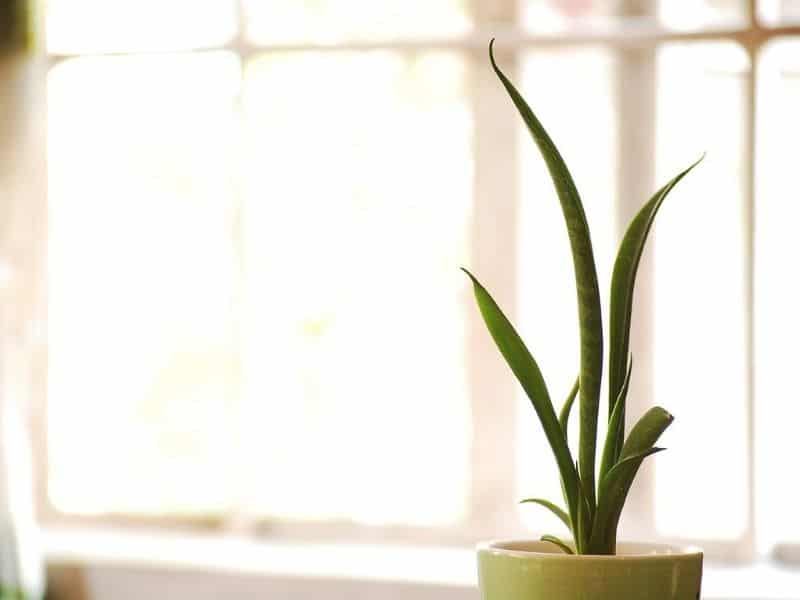
The Sansevieria cylindrica plant is a very stunning plant that inevitably catches everyone’s attention, especially if you braid it. They are straightforward to maintain, even if you are a complete beginner in gardening.
This plant is very unusual due to its cylindrical shape, which makes it great to have as an ornamental plant in any house.
Image by depositphotos.com/missmarcha2.gmail.com

